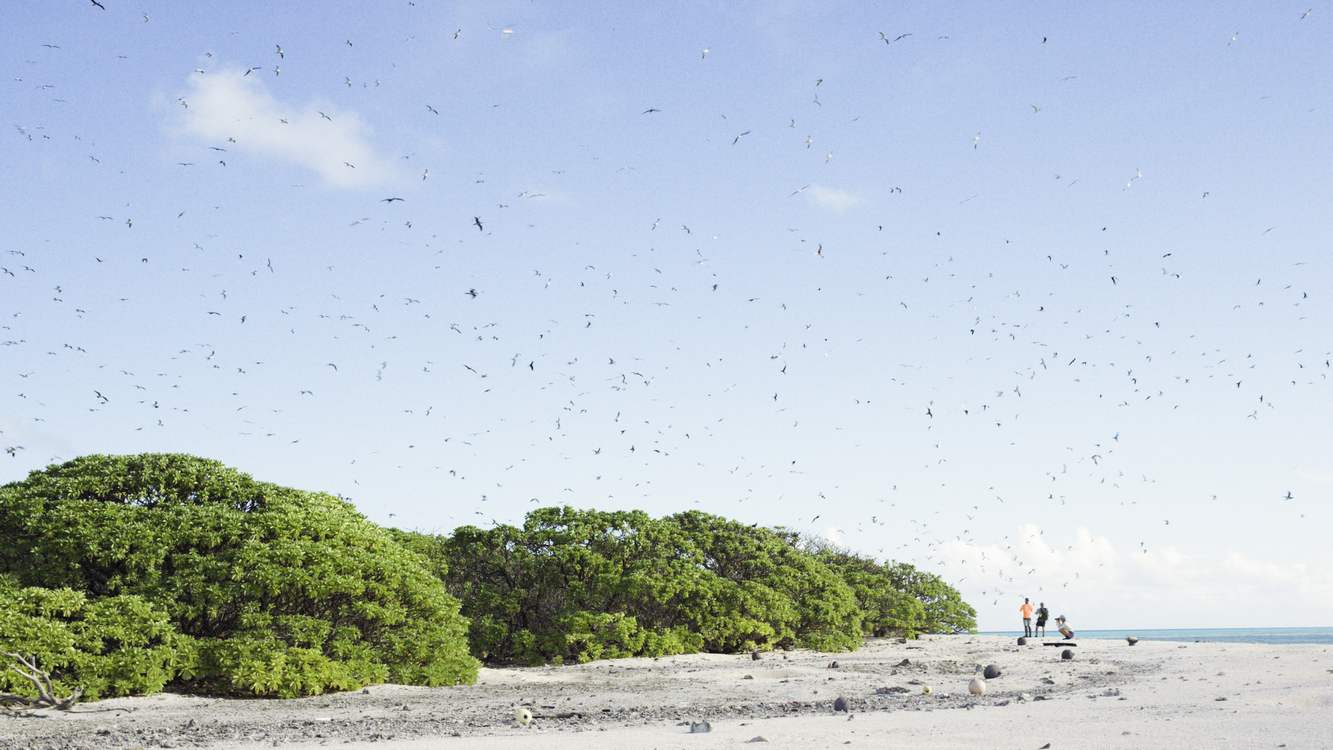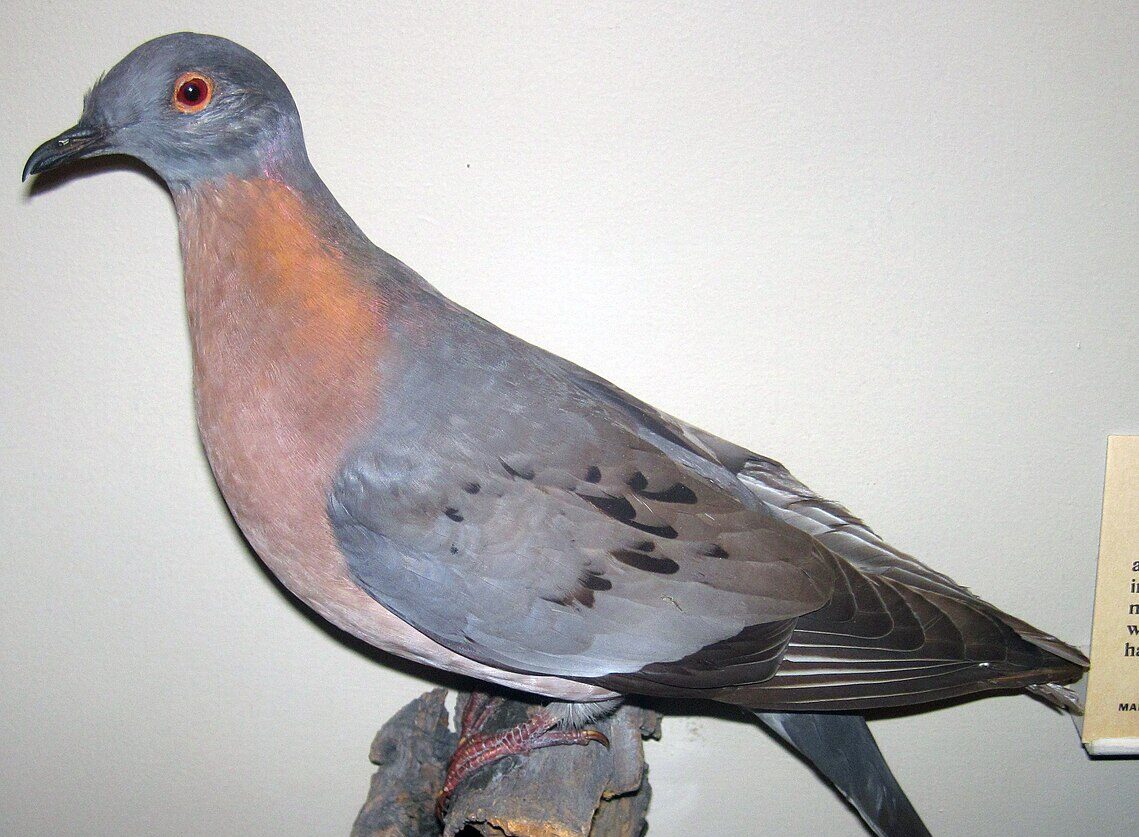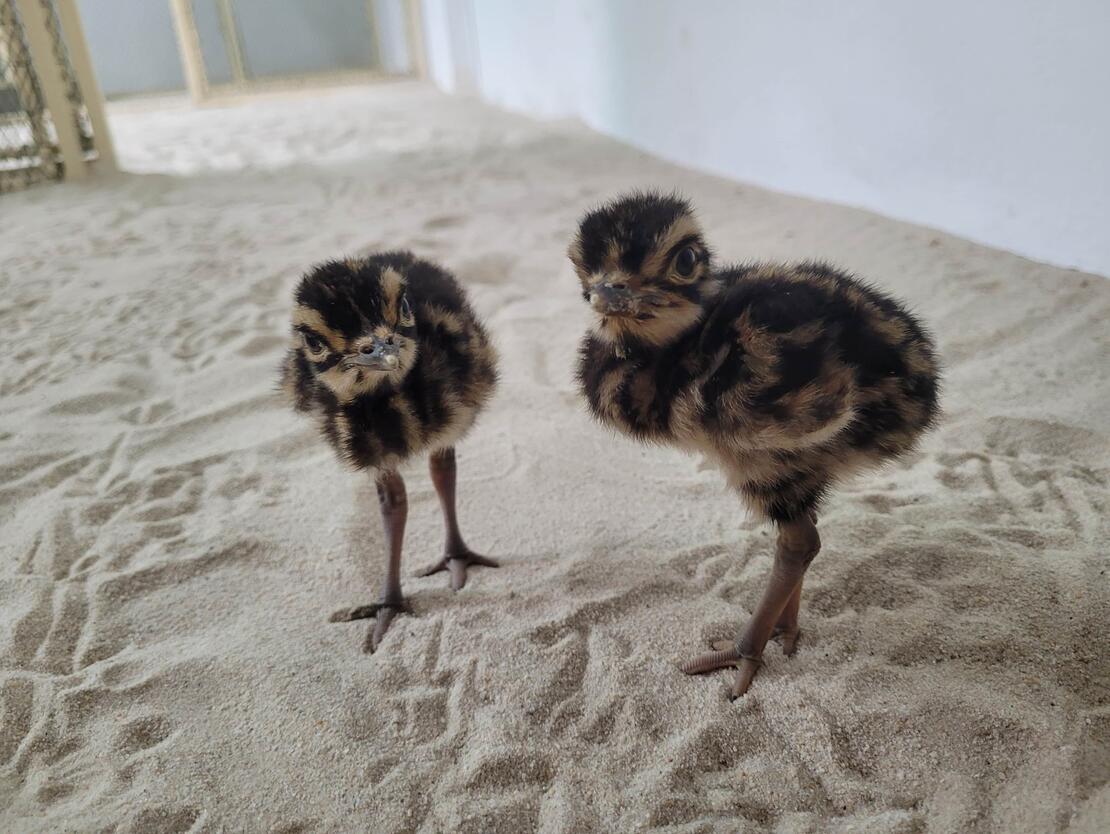Two small islets crucial to the resiliency of the local environment in the Marshall Islands Republic are witnessing a major ecological revival.
Island Conservation, a global nonprofit organization with a mission to restore islands for nature and people, has successfully eradicated invasive black rats, allowing the native forests and seabird population on Bikar Atoll and Jemo Islet to recover.
The rats have had a devastating effect on their delicately balanced ecosystems on certain islands in the Marshalls. Bikar Atoll, one of the smallest atolls in the country, is located 360 miles (580 kilometers) north of the capital, Majuro. The reef surrounds a lagoon roughly 14 square miles.
The Jemo Islet is a 16-hectare inhabited coral island that’s known to be one of the major feeding grounds for green sea turtles and a seabird sanctuary. With the arrival of invasive species such as black rats on both these landmasses, the native environment has been heavily disrupted as native plants, seabirds, and other animals fall prey to the rats’ scavenging.
In addition to turtles, Jemo had been used for generations as a place to gather and hunt, but had become something like an ecological graveyard since the rats arrived. Having already eradicated black rats on dozens of islands before, Island Conservation trained local teams with the best practices to remove the rats via poison without harming the native wildlife.
After one year, a trip back to these islands, accompanied by Island Conservation, the Marshall Islands Marine Resources Authority, Ministry of Natural Resources and Commerce, and community members from Utrik Atoll, found that the efforts to eradicate the rats had succeeded and that wildlife was bouncing back. The recovery of the native seabird population has positively impacted the link between land and sea. The nutrients from the seabirds’ droppings play a critical role as natural fertilizer for the plant population which anchors the local food web.
“After only one year, the transformation is dramatic. A colony of 2,000 Sooty Terns, where there was previously none, was feeding hundreds of chicks,” said Island Conservation Project Manager Paul Jacques. “We also counted thousands of native Pisonia grandis tree seedlings across just 60 monitored plots on the forest floor—in 2024, we found zero. Native forests are crucial for seabird nesting and are critical to carbon absorption and the island’s ecological health”.
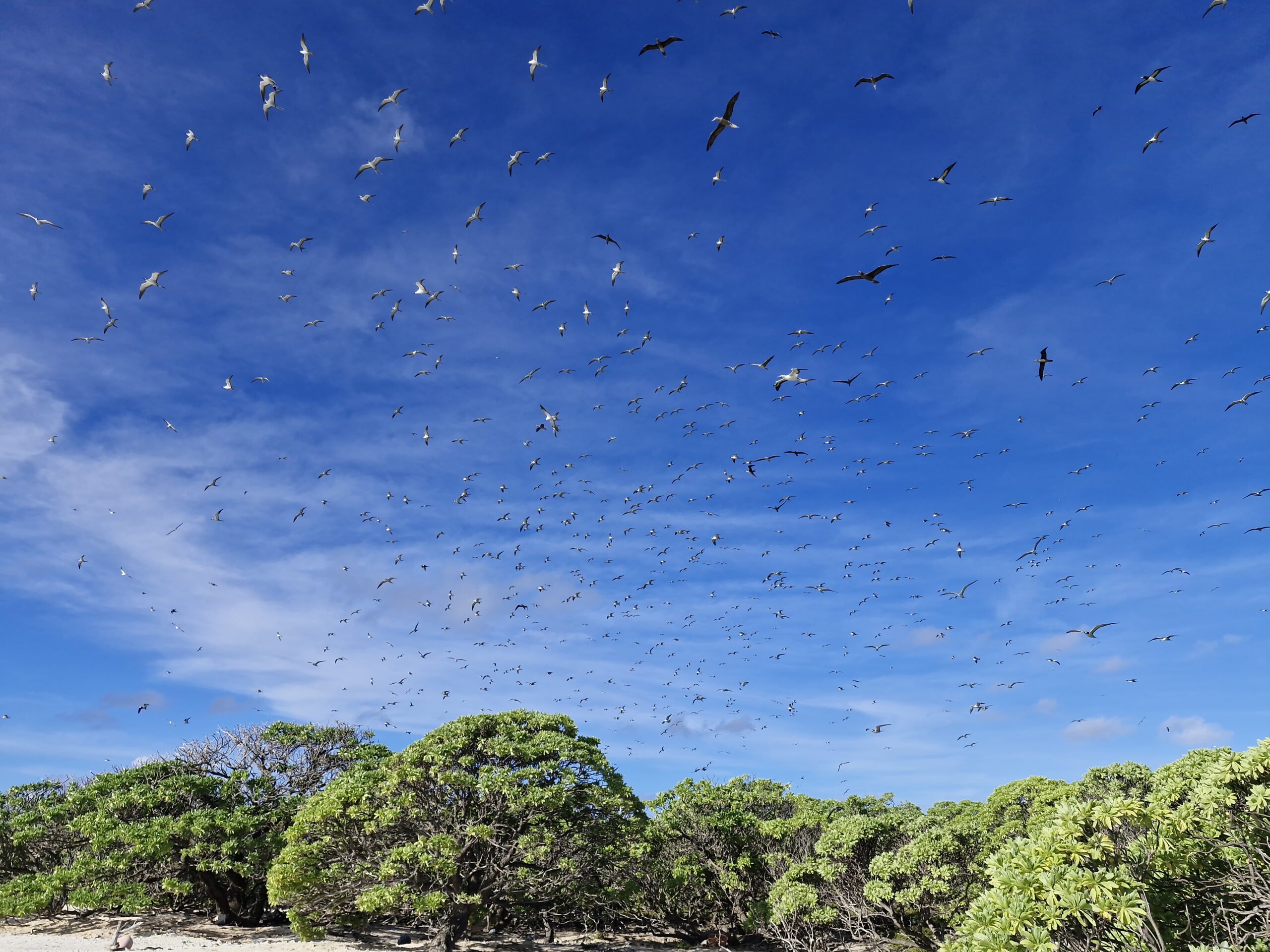
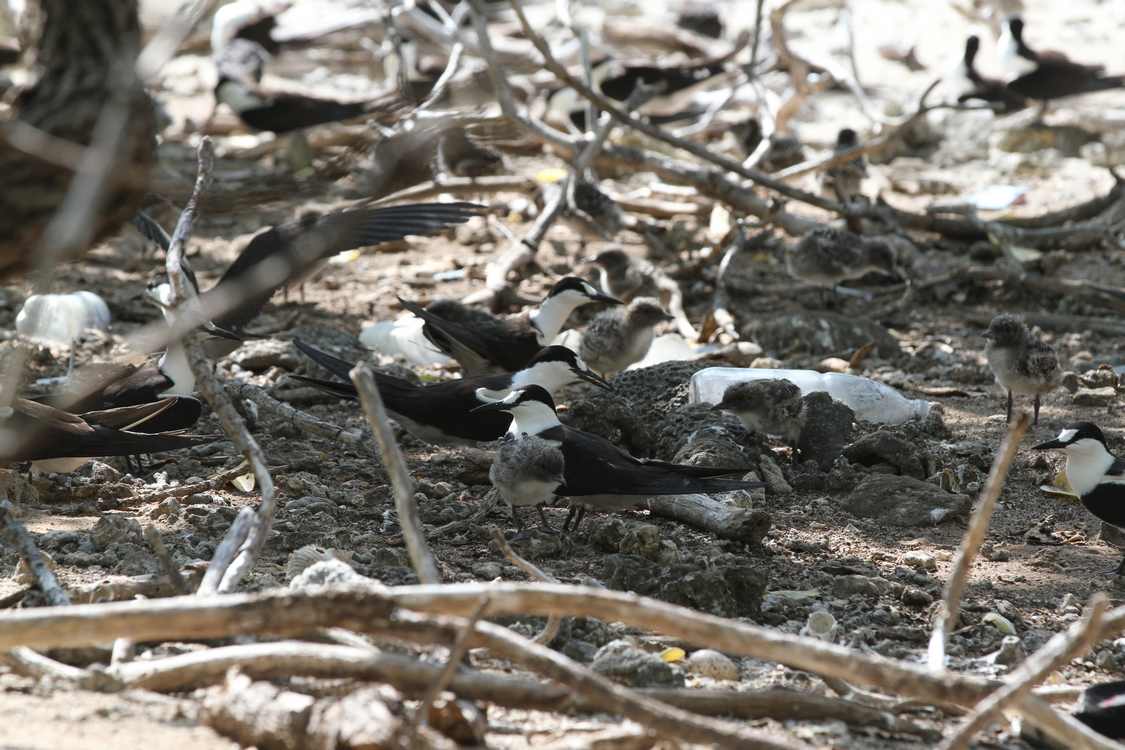
Part of a trend
The restoration of the atolls and islands will have a lasting impact on the communities for the people who, in the past, have used Jemo as a natural hub for resources.
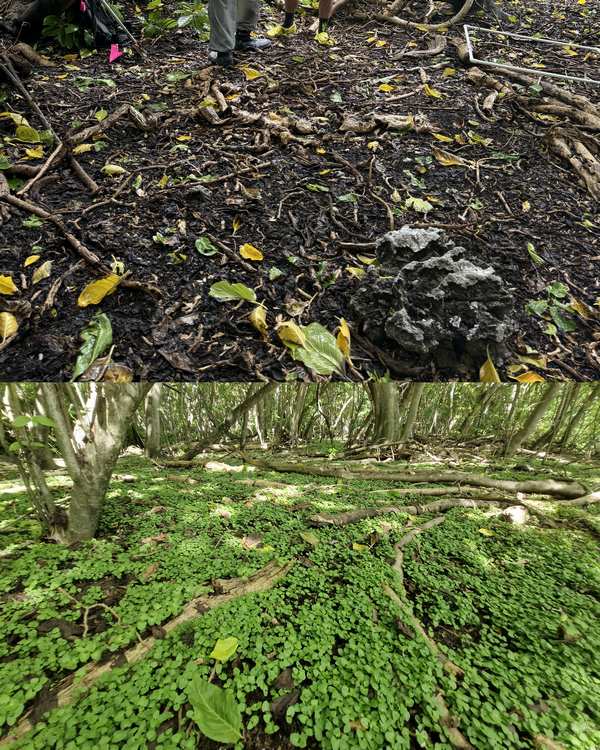
The rat invasion has depleted the useful resources of Jemo for the Likiep people for many years, but with the help of major participating organizations, it not only benefits the natural ecosystems of the Marshall Islands but also the communities that depend on these resources.
“Our Marshallese friends continue to add restored, pest-free islands to their list of achievements,” said David Moverley, Invasive Species Adviser for the Secretariat of the Pacific Regional Environment Program (SPREP), who partnered with Island Conservation on the project.
“Participating in the first rat removal workshop in Tonga ten years ago allowed them early on to achieve successful eradications on small islands by themselves. Now with modern technology and expert technical support from our partner Island Conservation, they are really pushing the boundaries and people are starting to realize the treasures that abound within the Marshall Islands and the opportunities that they present”.
Previously, WaL had the opportunity to report on Island Conservation projects, one being Loosiep, located in Yap State within the Federated States of Micronesia.
The project focused on the removal of invasive rats—the almost ubiquitous problem on Pacific islands—that threatened the biodiversity of its area. In partnership with the Island Conservation, local groups removed the rats allowed the “turtle islands” to thrive once again.
WaL also reported on the 2022 Island Conservation removal of invasive rats across the Pacific Islands using technological advancements of drones and poisoned bait.
These ambitious efforts by Island Conservation have already benefited 65 Islands worldwide, and their continuous work in restoring ecosystems creates lasting benefits for both nature and communities across the globe. WaL
PICTURED ABOVE: Seabirds fly above restored ecosystems in Marshall Islands. PC: Shaun Wolfe / Island Conservation, released.
